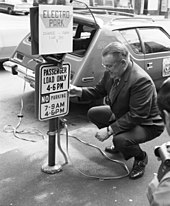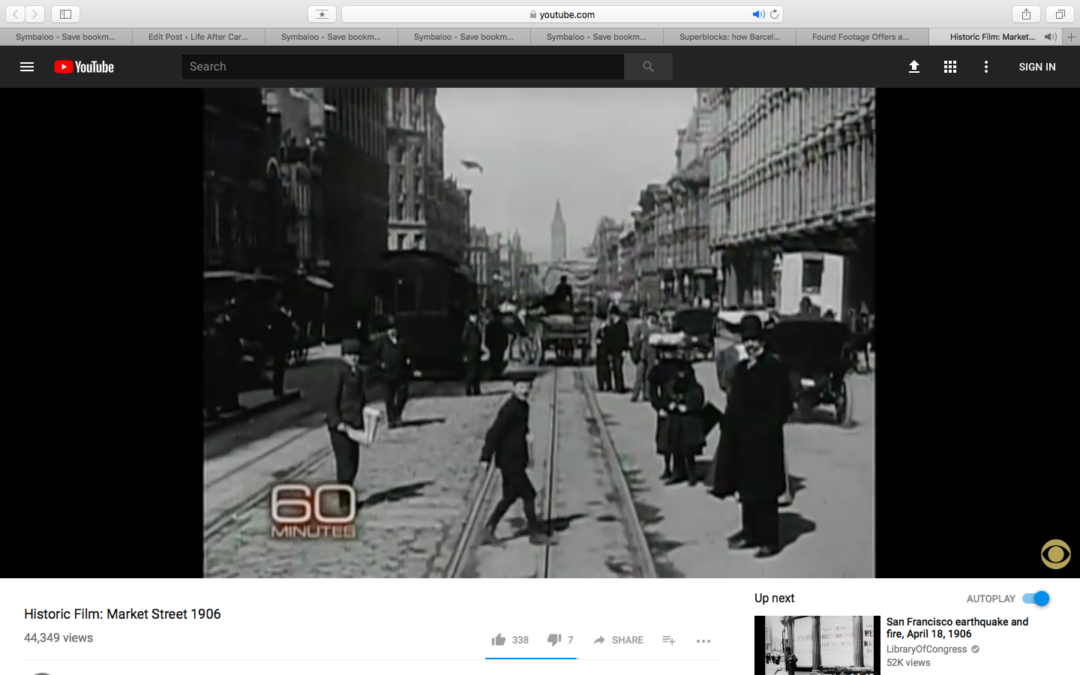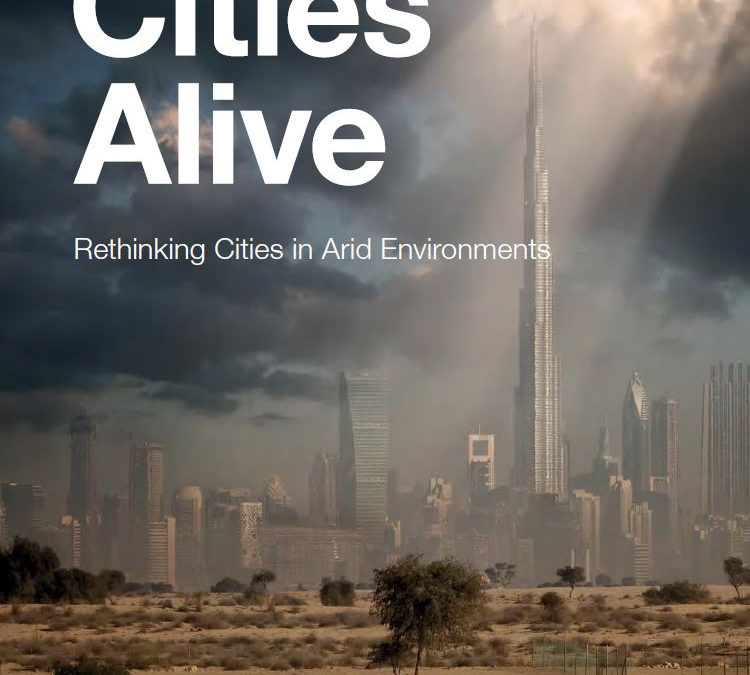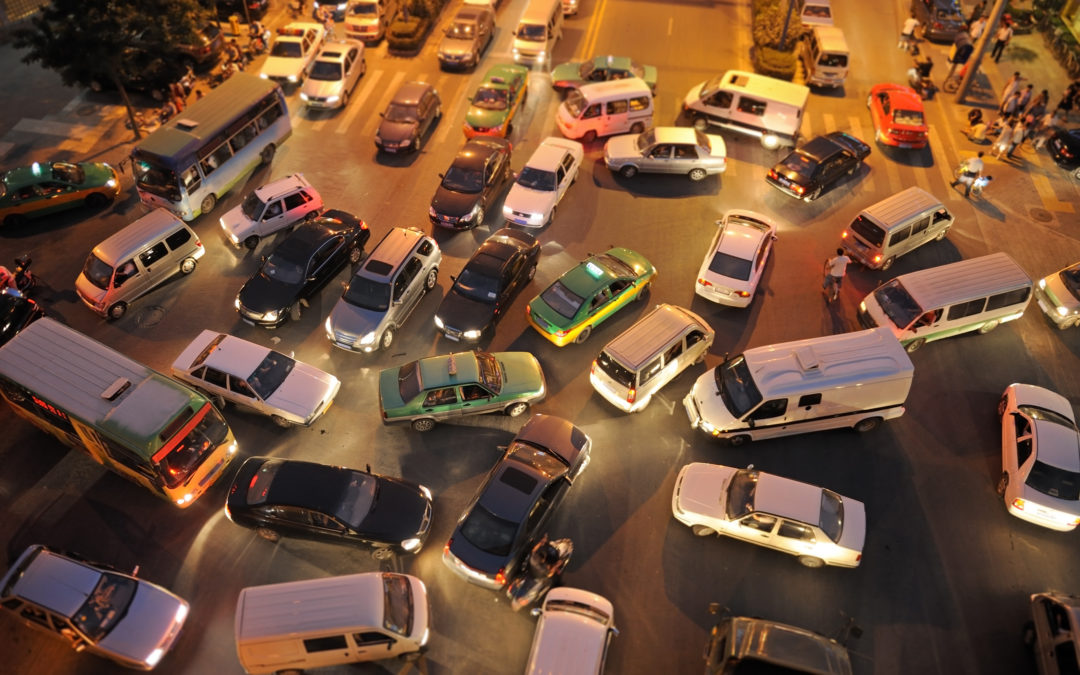
The spreading and evolving efforts of cities to reduce GHG emissions have proceeded through three stages in the past three decades: Decarbonizing Emissions, Emphasizing Co-benefits, and Seeking Transformation. In Life After Carbon, we describe the emergence of urban transformation. From Chapter 6: As climate innovations proliferate in…
read more »

Doing research on the development of electric-vehicle charging infrastructure in cities around the world prompted a question: how did the first gasoline-filling stations become about? Once upon a time, there were no filling stations and no gas-powered vehicles. That was in the late 1800s–a situation much…
read more »

With all the media attention on autonomous vehicles, it’s easy to miss the outpouring of other innovations that are changing the use of city streets and roads. As cities around the world push to take their streets and roads back from cars–to cut GHG emissions, traffic…
read more »

Historian Bob Johnson’s Carbon Nation: Fossil Fuels in the Making of American Culture examines the start of the fossil-fuel revolution in the US in the 1800s and shows how it created more than a new energy economy. A new American culture came into being. “We became a people of…
read more »

“Rethinking Cities in Arid Environments”–the latest in Arup’s “Cities Alive” series–offers fascinating insights into the urban climate adaptation challenge that gets little attention (so far) compared to sea level rise. cloudbursts, and river flooding. Arid environments–zones with scarce fresh water and precipitation–will become more challenging for…
read more »

A hallmark in the development of the modern city was the way that cities turned the use of public streets over to cars–a trend that is only beginning to be reversed in the world’s most innovative cities. In wake of the news of an autonomous vehicle…
read more »








